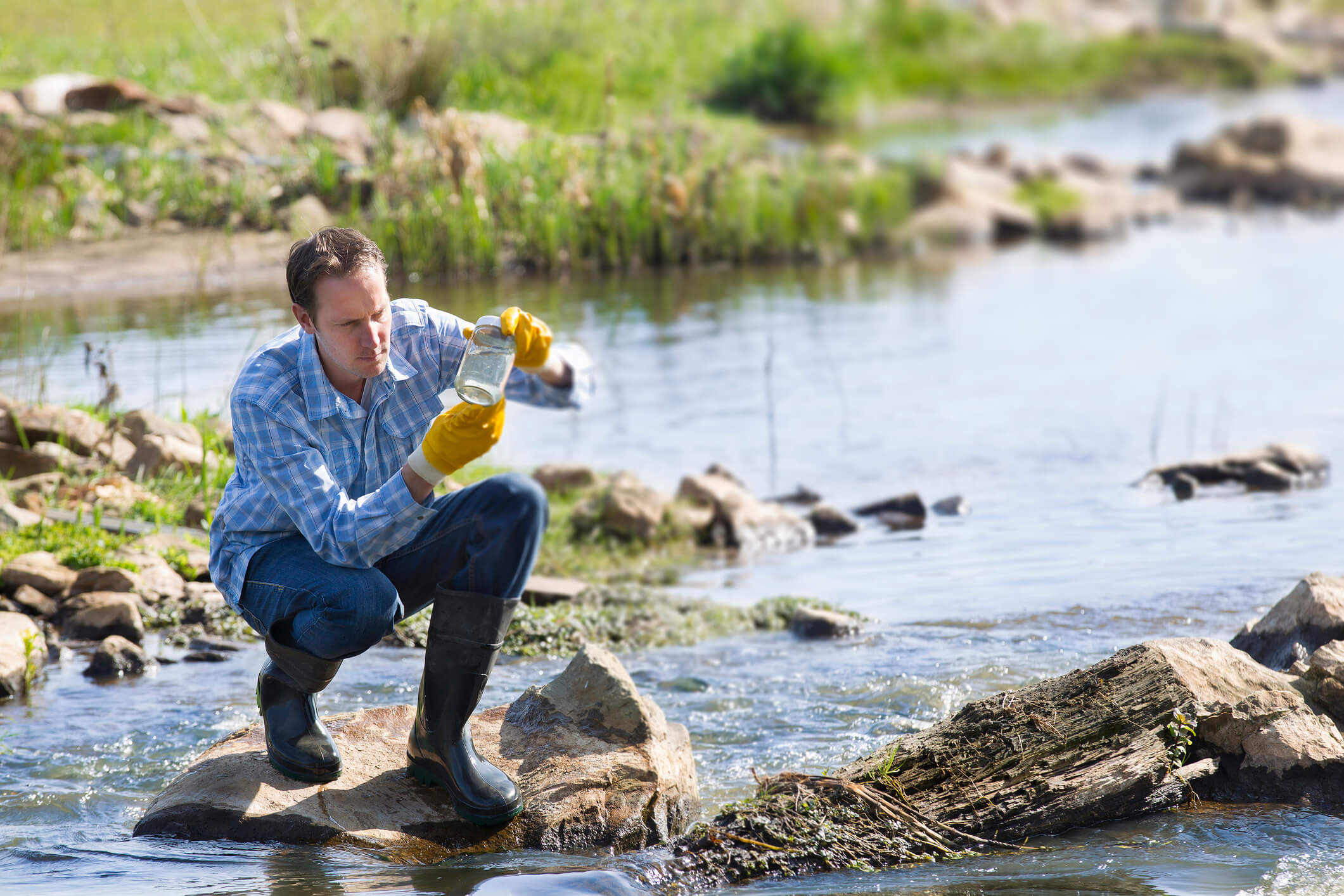Advanced course in recirculating aquaculture systems: Design and application
Overall Course Objectives
To provide students with an advanced knowledge and understanding of Recirculating Aquaculture Systems (RAS) in their entirety and a practical understanding of the interactions and interdependencies of different RAS-components in an operational context. The course will enable students to comprehend the complexity of system operation, and to design and analyse recirculation systems with respect to production and practical issues such as feeding load, production capacity, water quality and system operation and management. The students will learn how to calculate and design basic RAS taking system input and component set-up into account. The students will learn about environmental management issues including sludge handling and end-of-pipe waste water treatment. By the end of the course the students should be able to design a basic RAS as well as be able to evaluate existing systems.
Learning Objectives
- Calculate system input and predict mass balances for nutrients
- By hands-on experience evaluate (analyse/measure) important water chemistry parameters
- Describe the functionality of components and processes in RAS
- Account for the interaction and interdependency of different RAS-components in an operational context
- Account for the relationship between system design and system management and the implication on water quality (chemical and microbial) and fish production
- Explain the principles of sludge and waste water treatment
- Design a RAS taking e.g. species, conditions and operation into account
- Evaluate existing recirculation facilities regarding dimensional criteria, production capacity, system-related operational limitations and weaknesses etc.
- Assess mitigating actions to be taken during instability/fluctuating rearing conditions
Course Content
Input and operation of RAS. Components interactions and interdependencies in RAS. Overall design and scaling of RAS. Essential components. Water quality parameters in practice. Technical and operational approaches to solving problems in practical production. Discharge and environmental impact, sludge handling and end-of-pipe treatment.
Recommended prerequisites
25316, or similar
Teaching Method
Lectures, guest lectures from the industry, site visits, individual and group based practical experiments, interpretation of results, problem solving and written assignment.
Faculty
Remarks
This course provides students with competences relevant to UN SDGs, particularly #2 (Zero hunger), #12 (Responsible consumption and production) and #14 (Life below water)
Limited number of seats
Maximum: 12.
Please be aware that this course has a limited number of seats available. If there are too many applicants, a pool will be created for the remainder of the qualified applicants, and they will be selected at random. You will be informed 8 days before the start of the course, whether you have been allocated a spot.





